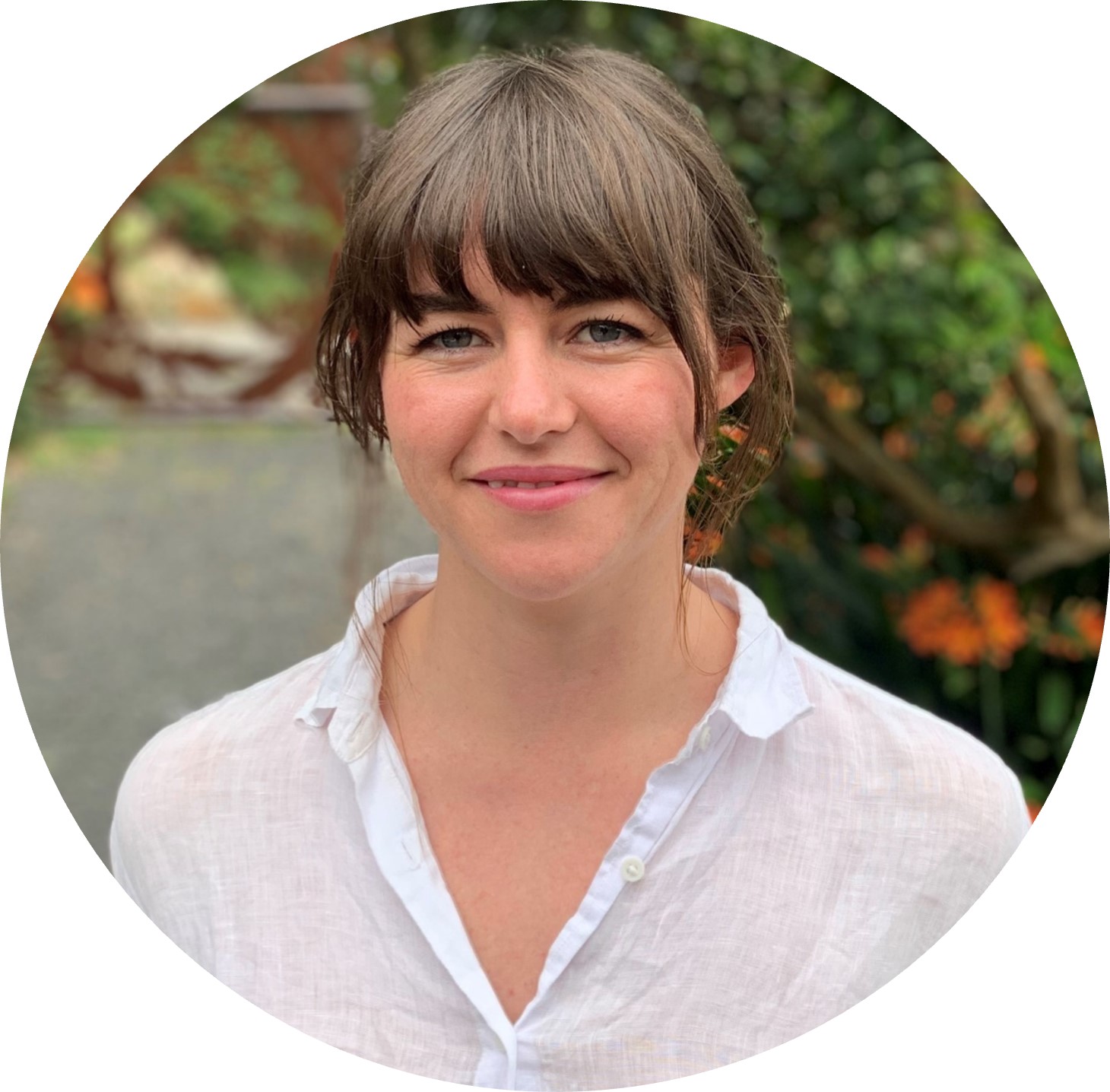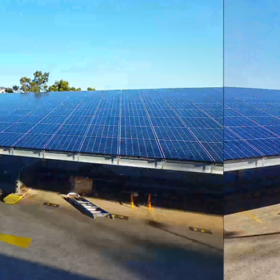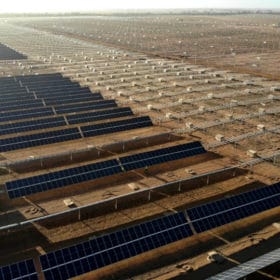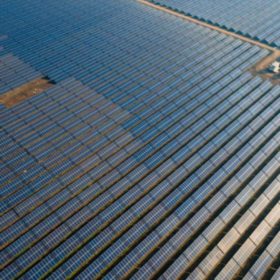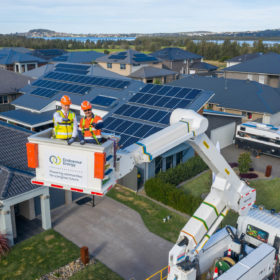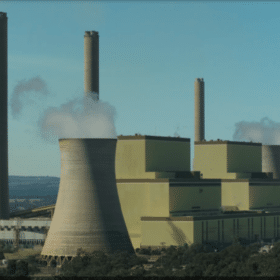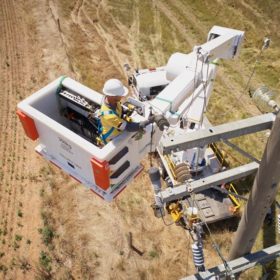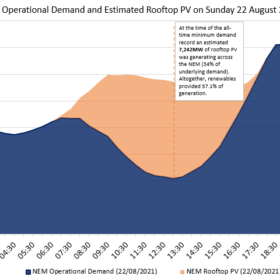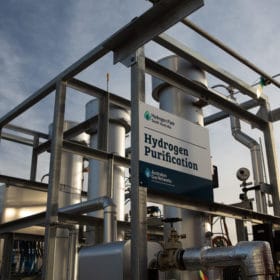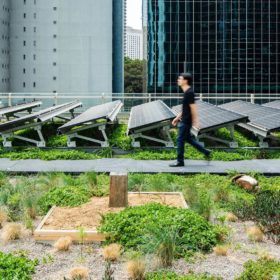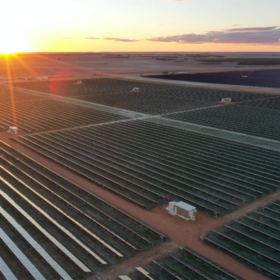Solar carpark now powering Wollongong’s council
Wollongong council’s administration building is now being powered, at least partially, through a 200 kWp+ solar carpark.
Spinning against a wall: Aussie athletes scold government inaction as enduring country myth disproven
With 370 of its most beloved athletes lambasting the country’s climate inaction on the same day its coal-loving base was revealed to be little more than a mirage, the Morrison government must front up to both its own people and global peers as elections and summits loom.
Victoria opens tender for ‘at least’ 600 MW of renewables in second reverse auction
The Victorian government has launched its second Victorian Renewable Energy Target auction, aiming to attract “at least” 600 MW of new renewable energy capacity to the state.
Land secured from traditional owners for solar + storage, progressing SA’s 1.3 GW renewable hub
Canadian clean energy company Amp Energy has secured a lease agreement with Indigenous landowners to develop a solar farm and storage system in Whyalla, South Australia. The project is one of three sites which make up the company’s proposed Renewable Energy Hub of South Australia, announced in May.
Solar could supply 77% of Australia’s electricity demand by 2026
Australia’s solar uptake is now forecast to reach 8.9 GW by 2025, on top of the 14 GW already installed, according to the Australian Electricity Market Operator.
Secrecy and high level splits: ‘coal-keeper’ uproar but expert says politics won’t stop the inevitable
The Energy Security Board’s market reforms have come under fresh scrutiny after ministers met last week under a veil of secrecy, apparently stirring deep rifts between federal and state ministers and other stakeholders. While it remains unclear what the Board’s proposed capacity market, dubbed by some as ‘coal-keeper’, might look like, Dan Cass, who leads energy policy at the Australia Institute, told pv magazine Australia as long as Angus Taylor isn’t steering, he’s optimistic that state governments and the ESB could work towards a reasonable outcome.
Spark accepts $5.2bn takeover bid from American consortium
Australian electricity network owner Spark Infrastructure has accepted a $5.2 billion takeover bid from a North American consortium led by private equity giant Kohlberg Kravis Roberts & Co.
Solar eclipses coal for first time, setting renewable record
For the first time in the history of our national energy market, solar generated more electricity than coal, providing 41.4% of the national market on Sunday, while coal accounted for 41.2%.
Two new hydrogen platforms launch to couple industry with customers
Two hydrogen platforms have launched in Australia to connect hydrogen producers with consumers, ultimately trying to catalyse projects and the industry more broadly. The first, NERA’s HyCapability, maps hydrogen capability across Australia, while the other focuses on New South Wales and the developments of its hydrogen hubs.
Green roof improves solar panel efficiency by 3.6% on average, study finds
The comparison of two solar cladded roofs in Sydney, one bare beneath its panels and the other adorned with native grasses and plants, has found the panels on the green roof were, on average, 3.63% more efficient, producing an average daily output 13% greater than the conventional roof. The improvements are believed to stem from the lower temperatures on the green roof, thanks to its plants – which also provided a plethora of additional benefits.
